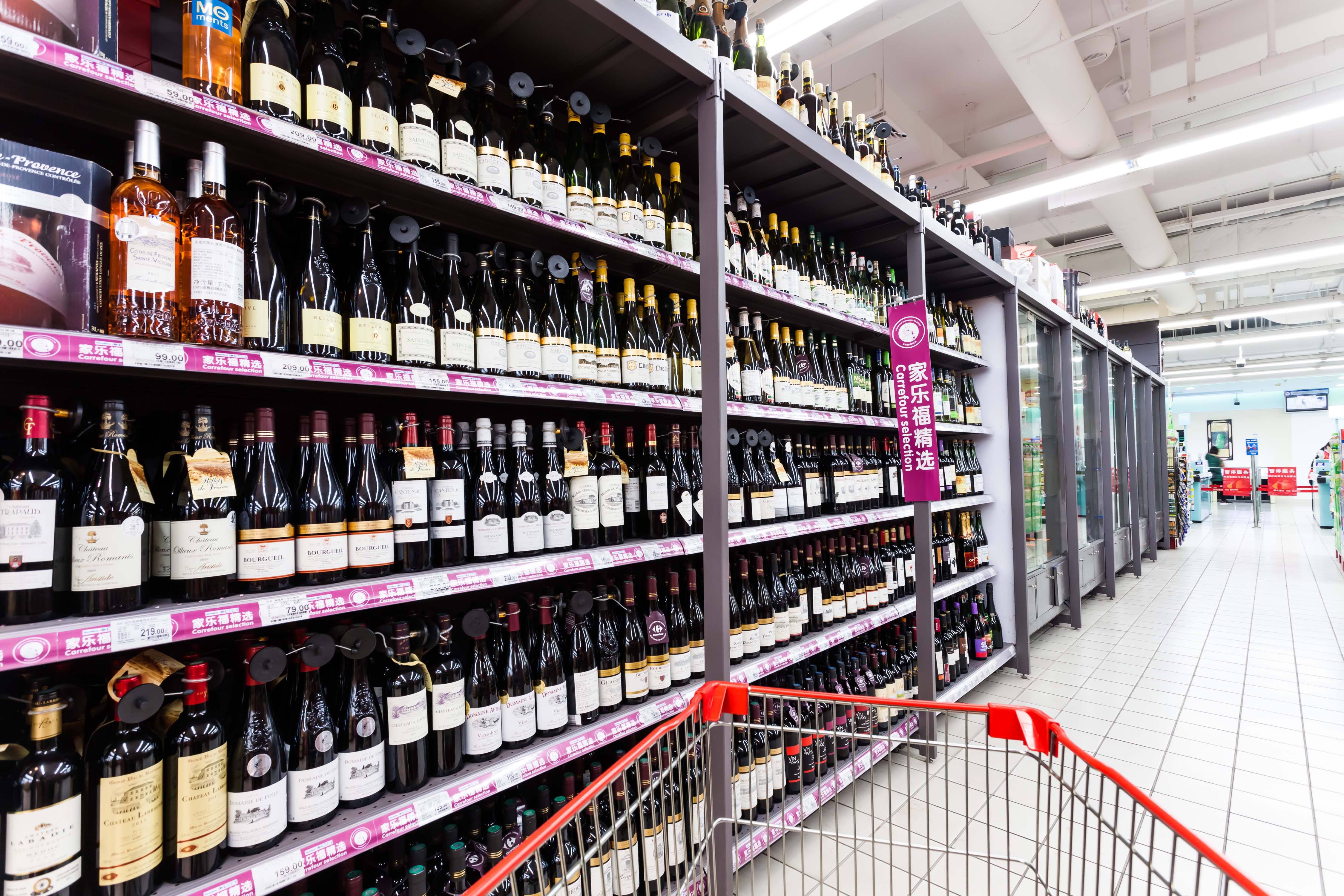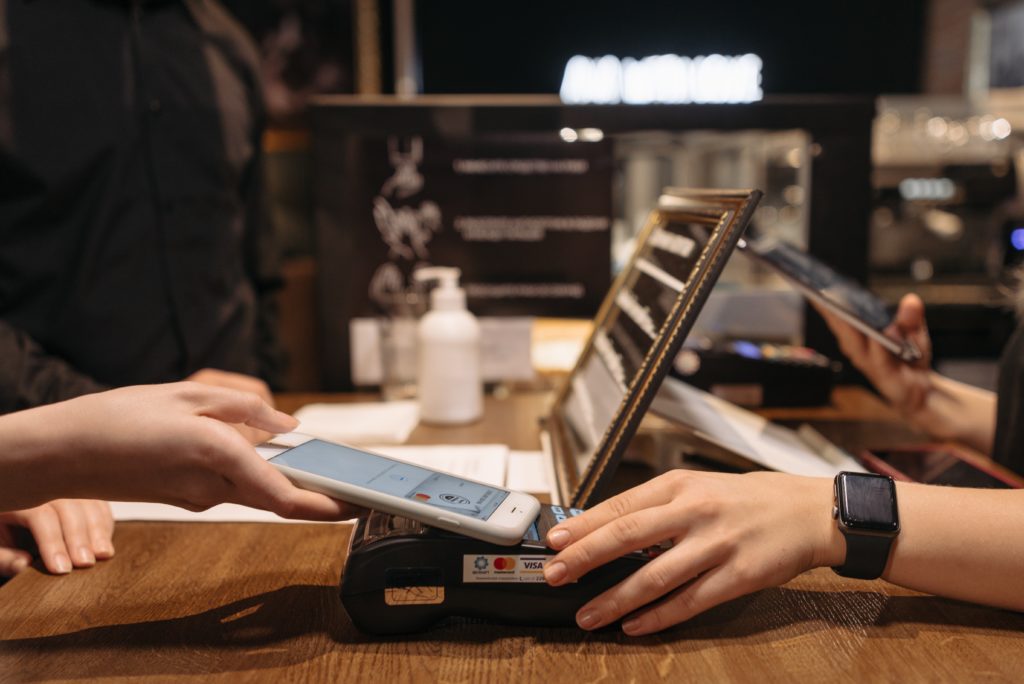
Following the death of chairman Mao in 1978, the past four decades have seen a previously isolated China evolve and expand into the world’s second largest economy. In the early years following Mao’s passing, his successor, Deng Xiaoping, oversaw the participation of China in international trade in a major way, with the economy having grown a near 10% since the late seventies.
This growth does not exclude the alcohol market – China’s adoption of wine drinking over the years has lead industry experts Vinexpo to predict a 7% growth in the market annually over the next four years, alongside the rapid expansion of the Chinese middle class.
“China has only opened for development for some thirty years,” says Robert Mang FCSI of Dishes Company Ltd in Hong Kong. “Chinese people were very poor at that point. In the beginning, only rich people drank wine.”
With predictions that, by 2020, the wine market in China would reach a value of US$21bn, the days of esoteric wine consumption are officially over.
Discovering the new world
For years in China, ‘old world’ wines from Europe have been synonymous with decadency due to price and availability. However, the emergence of a significant portion of the Chinese population that can now afford a consumer lifestyle has led to a rise in popular wine consumption.
“Wine sales in China have grown exponentially,” says Toni Clarke FCSI of RT Hospitality Solutions based in New Zealand, remarking that this growth has occurred “hand-in-hand with the rise of global consumer culture, Millennials, increased desire for premium liquor, rising disposable income, increased exposure to western lifestyles and as indications of a higher status.”
While Clarke notes that the initial emergence of wine drinking in China was concentrated in first tier cities such as Beijing, Robert Mang recognises that “products from the old world are too expensive for the middle class,” with Australian and New Zealand wines “more welcome by this class of consumer.”
According to Clarke, these ‘new world’ wines hold a competitive edge in their ability to undercut the prices of their European counterparts.
“The trend is now value for money. Australia has positioned itself very well in this market, due in part to the zero tariffs on Australian wines,” say Clarke.
East meets west
Travel and technology have encouraged the diffusion and exploration of other cultures, and this especially rings true for the food and drink industry.
Associate FCSI member Michael Lau of Singapore-based Pro-Kit & Project Management believes that, as the Chinese middle class plan their annual family holidays, what they are seeking is the “improvement of their lifestyle and ‘catching-up’ with the world’s trends.”
Brandon Kua FCSI of Malaysian-based Citrus Consult equally accredits the popularity of wine to travel and western influences, saying “young people are influenced by western culture, and they will definitely bring back these culture traits to their homeland, which we have seen over the past decade in the rise of wine cafes and bars in China, and also parts of South East Asia.”
Lau pinpoints expatriate presence as a major factor in increasing Chinese and overall Asian interest in wine. “Social networks with expatriates promote wine sales, as well as the demand for more wine bars, in different provinces with different designs,” Lau explains.
“The habit of wine drinking is certainly different in Hong Kong,” says Mang, who is based in the expat-dense city. “Wine drinkers in Hong Kong are more like Westerners. It’s more for enjoyment.”
Mang’s recognition of the differences between eastern and western drinking cultures is important; drinking habits in each respective hemisphere have long dictated the trajectory of their liquor markets.
Baijiu, a traditional Chinese liquor made from grains or rice, has long reined king of the alcohol industry as the most widely consumed spirit in the world.
“As to why China took some time to catch up in wine consumption; part of it is due to the acceptance of western drinking culture,” says Lau. “Unlike the Western way of drinking, the momentum with which the Chinese drink is much faster.”
The Chinese custom of ganbei, which in literal terms means “drying the cup”, stipulates that, following a toast, participants must finish their entire drink. This has had some repercussions for how wine in consumed in China.
Mang agrees, stating that Chinese drinking is “always bottoms up! [Because of this], the consumption volume is much higher. Thus, the high sales volume is not only due to the increase in wine lovers, but also the volume they consume.”
Death of gift giving
Increasing wine sales has coincided with a decrease in the popularity of baijiu, following Xi Jinping’s anti-corruption campaign that began back in 2012.
Included in the campaign’s list of targets is the practice of graft, in which Chinese officials use baijiu and mooncakes (a pastry usually filled with red mung bean paste and coated in duck egg) for bribery purposes.
In accounting for the popularity of wine in China, an industry expert who would prefer to remain anonymous has stated that, “it is connected to the steadily growing middle class and the move away [from spirits], partly forced by the anti-corruption drive associated with the old days of ‘white spirit excess drinking’ that maintained many Chinese brands. With a cut-back on these, wine has been a much appreciated alternative.”
What next?
“The Chinese have been buying and investing in offshore wineries in Europe and the USA, and global wine brands have been entering into joint-ventures with Chinese wineries,” says Clarke.
Clarke sites examples in recent years such as Australian wine producer Penfolds partnering with e-commerce company JD.com to tap into online sales, and Australian wine brand Jacob’s Creek changing its packaging to gold labels in a bid to enter a higher price bracket within China.
Although tradition has long played a large part in wine consumption, with red wine remaining more popular due to the colour’s associations with luck and wealth, Clarke recognises that “consumption of white wine and sparkling wine are increasing rapidly – 50% of consumers are younger women who see wine drinking as sophisticated and successful.”
Mang himself notes the role of the hospitality industry in the push for wine, with the increasing presence of international hotels working as a major driver in the alcohol industry.
As this demand for wine rises, so too will the demand for foodservice and hospitality outlets that can provide it. “It is important to at least have a few wine options on a menu, not just for a wine bar or hotel lounge, but for some casual dining restaurants or cafes, to increase their revenue. They are aware that this is a trend which cannot be ignored,” says Lau.
Emily Lewis




